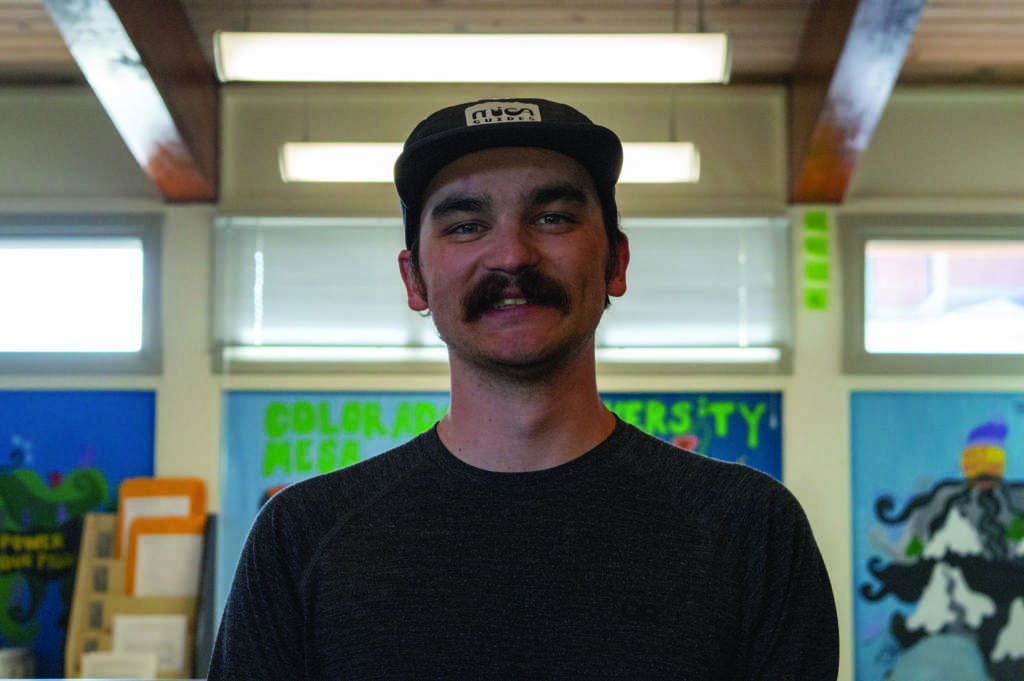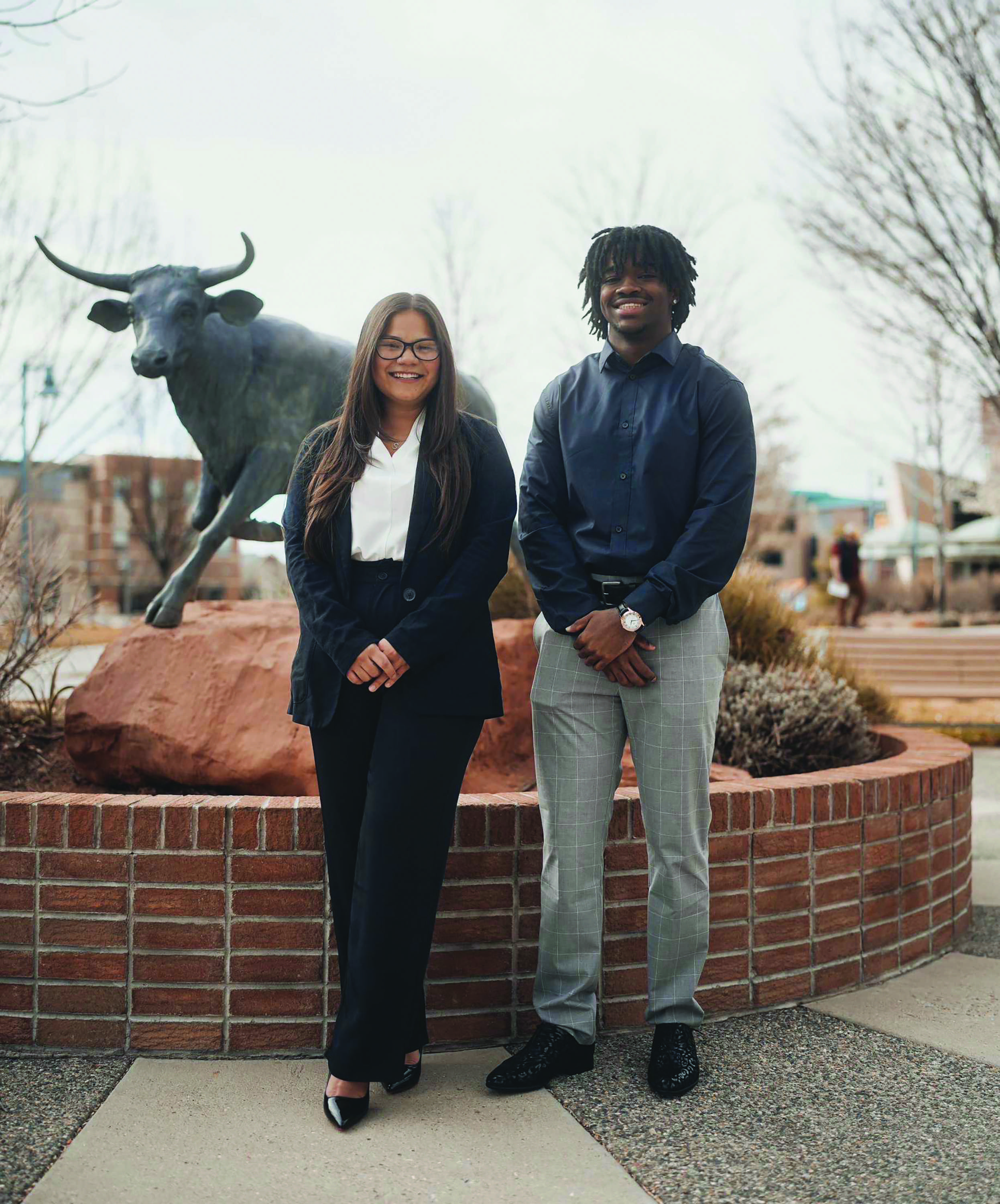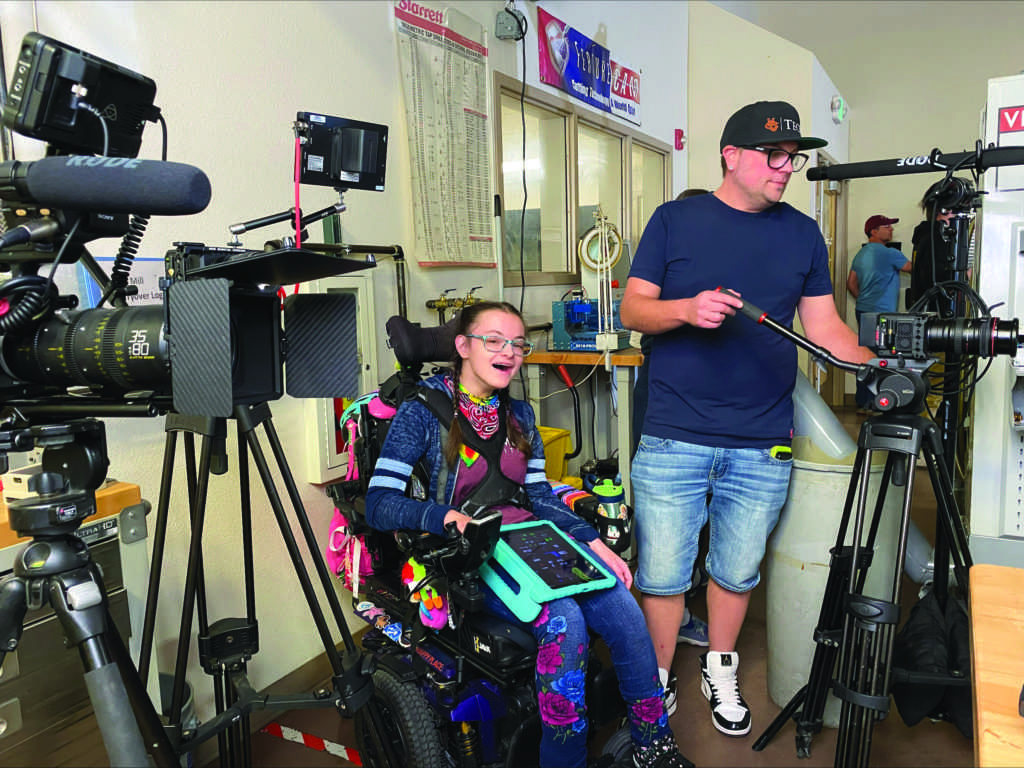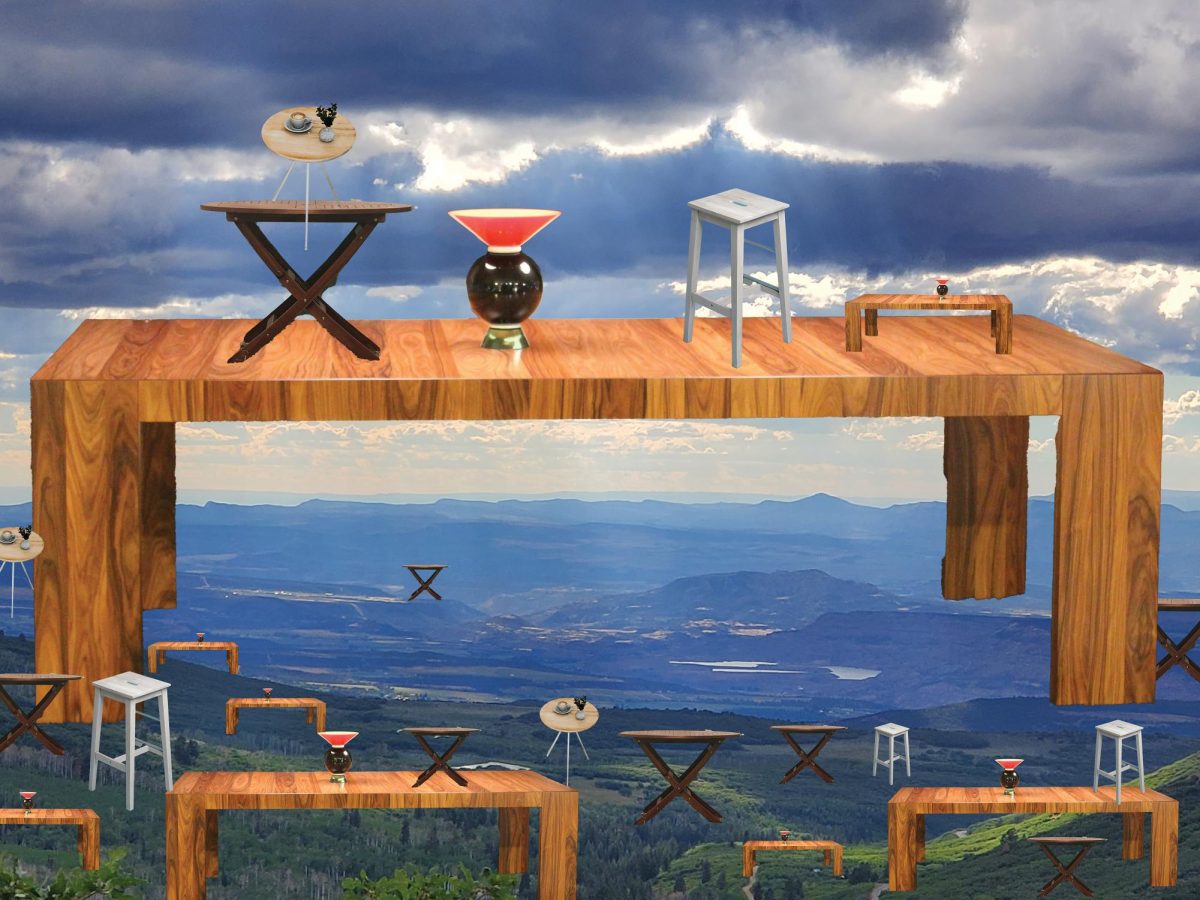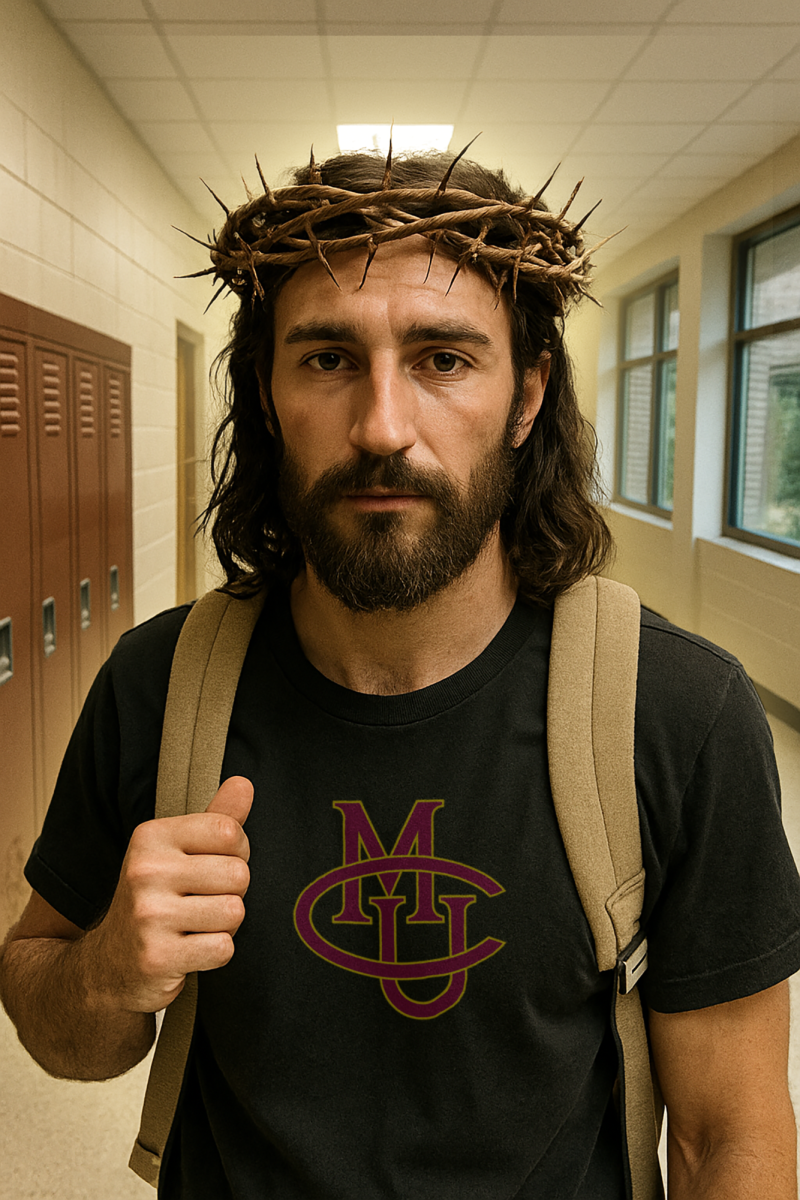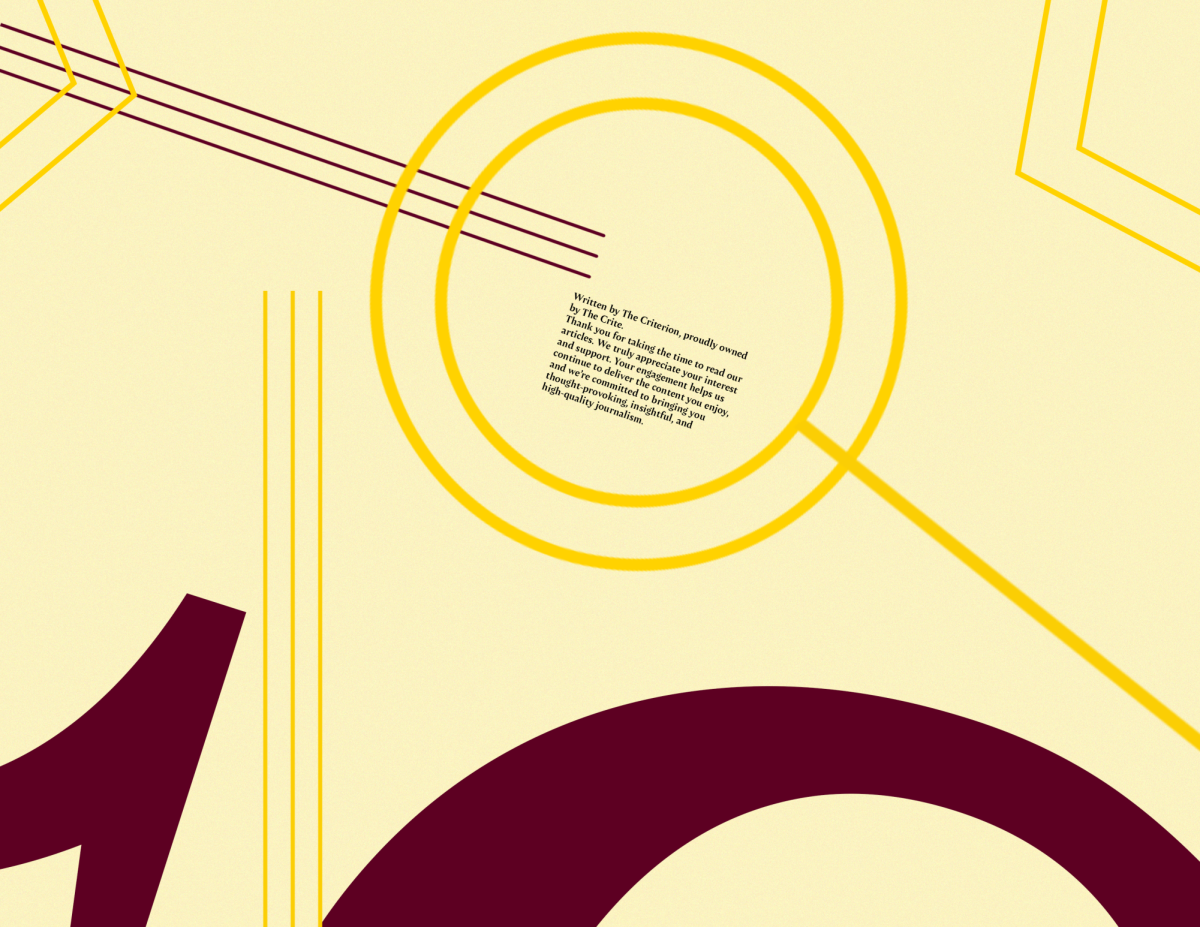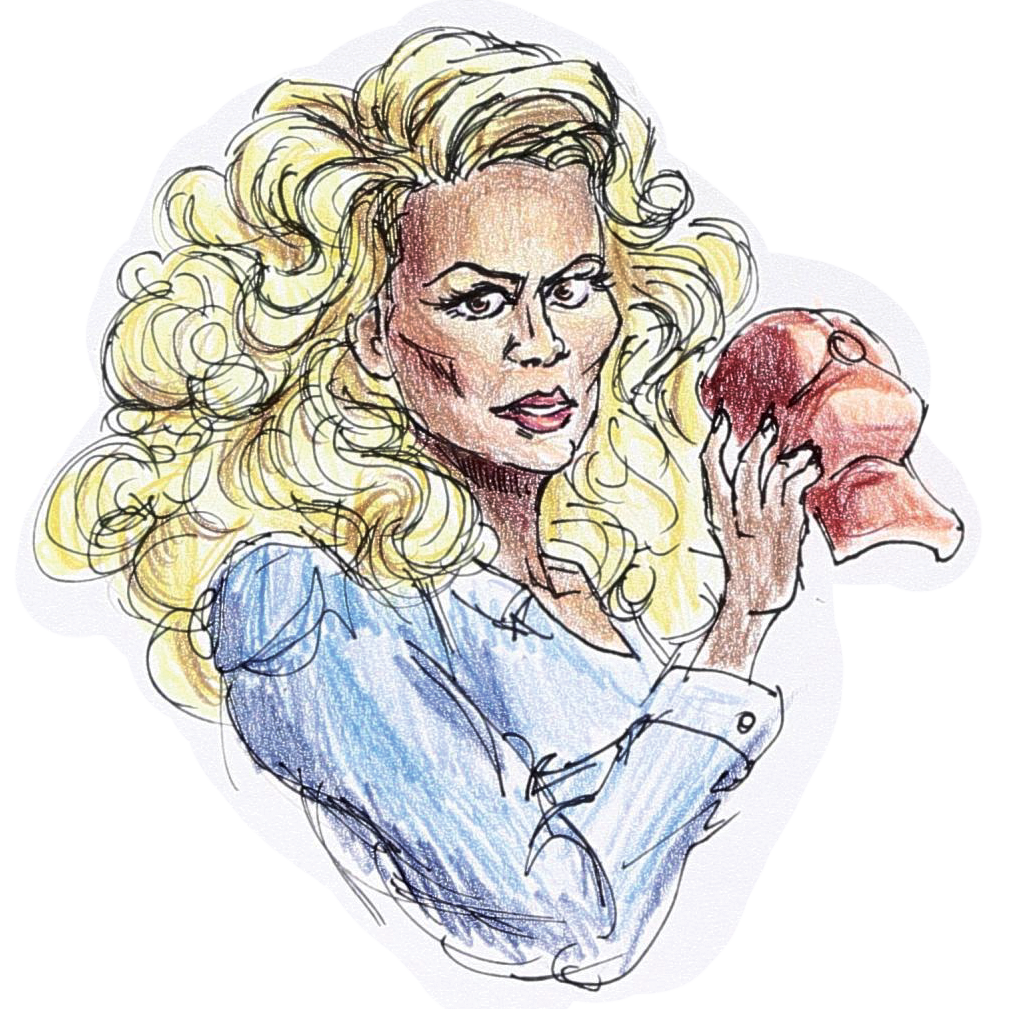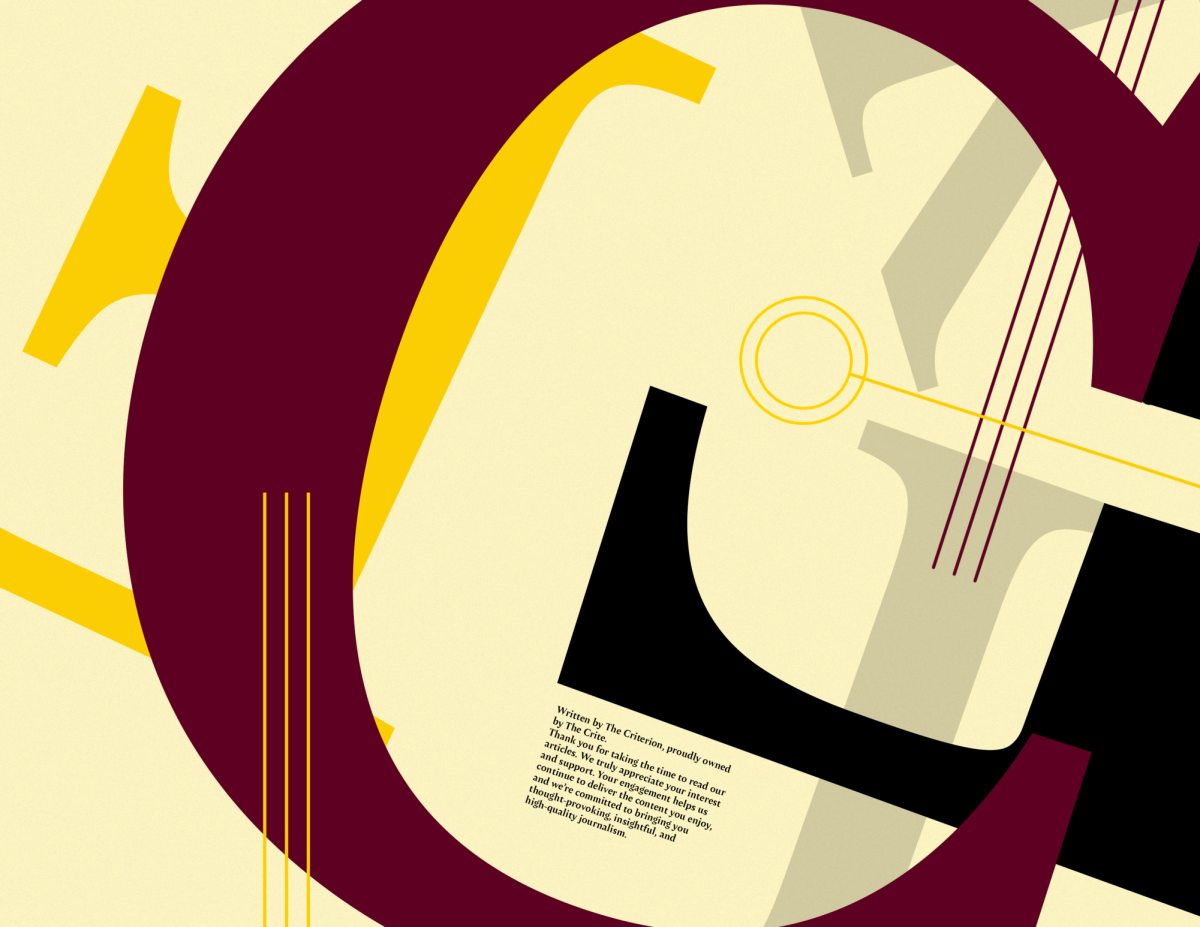Since the issue of handicap access was first brought up last month, the facilities department on campus has been working with Vice President of Student Services John Marshall to make Colorado Mesa University’s campus more friendly to handicapped students. The university is already as up to date as possible as far as Americans with Disabilities Act (ADA) laws are concerned, but some students still struggle where the university has slipped through the cracks, such as accessibility to restrooms.
Currently, the university is focusing specifically on how campus restrooms can be made more accessible to handicapped students. CMU has begun by looking for the most accessible restroom in each building.
“What we’re actively working on is identifying one restroom in each academic building that would be accessible, and trying to find the most effective manner to make them more accommodating to those who might be substantially handicapped,” Marshall said.
Most of the bathrooms on campus have to be pushed or pulled open by hand, which is difficult or impossible for some students to do from a wheelchair. Only the Fine Arts building and Moss Performing Arts Center have bathrooms with no door at all, so anyone can roll or stroll right in.
[media-credit id=59 align=”alignleft” width=”225″] [/media-credit]
[/media-credit]
The first-floor family bathroom in Escalante has had the spring taken out of the door, which makes it easier to push and keep open.
“[We’re] trying to address the most appropriate technology, to address what we think is a very solvable issue… and I think we’ll have that done without a lot of delay,” Marshall said.
Whether that appropriate technology is a motion sensor, a button or some sort of lock, the university isn’t stopping at merely meeting ADA laws. Every building on campus has one or more handicap accessible exterior entrance, but most buildings have several. In this way, CMU has attempted to go above and beyond in the realm of legality.
Each building is different, and the number of handicap accessible entrances and restrooms depends on the uses and features of the building. For example, each of the public entrances to the University Center has a handicap button, which is equipped with a metal guardrail.
This guardrail is meant to keep those who aren’t wheelchair bound from pressing the button, but it has the opposite effect than that intended, because it can be difficult to reach the button from a wheelchair, and non-handicapped people push the button anyway.
Other buildings with buttons don’t have guard rails, but they break often, so the facilities department is consistently seeking out those that are broken and repairing them.
“They break a lot because people who aren’t wheelchair bound are walking by and hitting them,” Marshall said.
When non-handicapped people push the buttons so hard that they end up breaking, they are then useless to those who are handicapped and can’t open the doors themselves. A non-handicapped person is stronger and more capable than someone in a wheelchair and thus able to open doors without electronic aid. The buttons are there to help those who need help, and not to shave an extra second off a journey through the UC.





